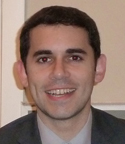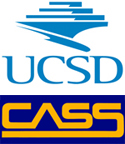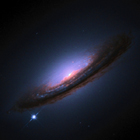|
||||||||||||||||||||
|
||||||||||||||||||||
|
Astronomy NASA/ADS (MITLib) NASA ADS+ (MITLib) astro-ph |
Astronomy UCSD CASS MIT Vera MIT MKI MIT CTP Tufts/MIT Cosmo AAS NSF NSF STS |
Last Updated: Andrew Samuel Friedman, 6/2017
University of California, San Diego, 9500 Gilman Drive
CASS, M/C 0424, SERF Bldg. 334, La Jolla, CA 92093-0424, USA (858) 534-5416 This material is based upon work supported by the National Science Foundation under NSF Award #1056580 (2012-2014) through an NSF Science, Technology, and Society Postdoctoral Fellowship at MIT and the NSF INSPIRE program via NSF Award #1541160 (2015-2020). Original animations are shared under a Creative Commons Attribution-NonCommercial-ShareAlike 3.0 US License |
Cosmic Bell David Kaiser Jason Gallicchio Alan Guth Brian Keating Anton Zeilinger IQOQI, Vienna |
Harvard Harvard CfA Harvard Astro Harvard PIN Harvard Library NSF GRFP NASA GSRP Andy's Cheat Sheets NSF Essays NASA GSRP Help Page Shu Exam Taxes Grad Students/Advisors Student/Faculty Photos |

















